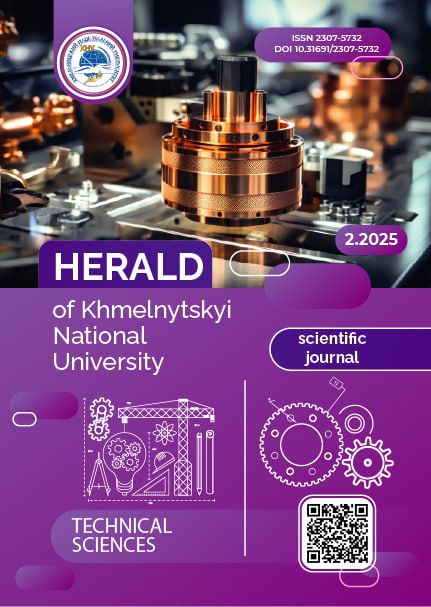ЕЛЕКТРОЕКСТРАКЦІЯ ОЛОВА ІЗ МЕТАНСУЛЬФОНАТНИХ РОЗЧИНІВ
DOI:
https://doi.org/10.31891/2307-5732-2025-349-11Ключові слова:
олово, електроекстракція, поверхнево-активні речовини, метансульфонатний розчинАнотація
Важливою прикладною задачею є селективне вилучення олова, міді та інших цінних компонентів із сплавів, що отримують при переробці відпрацьованої електронної та комп’ютерної техніки. Кількість таких відходів стрімко зростає у зв’язку з надзвичайно прискореними темпами розвитку інформаційних технологій і матеріалознавства, що призводять до формування потреби у постійному оновленні електронних пристроїв. Рециклінгове використання кольорових металів є економічно, екологічно та соціально доцільним і вже понад 30% олова отримується з електротехнічного брухту. Енергоощадним способом розділення металів з означених відходів є гідрометалургійна їх обробка. Багатокомпонентні сплави розчиняються в кислих або лужних розчинах вилуговування і в подальшому піддаються селективному покомпонентному розділенню. До найбільш селективного і керованого способу виділення чистого олова відноситься електроекстракція. Отримання компактних осадів олова високої чистоти можливе при його катодному виділенні з кислих розчинів за присутності органічних поверхнево-активних речовин. Традиційними кислими середовищами при вилуговуванні олова зі сплавів електротехнічного лому є хлоридні, сульфатні та нітратні розчини. З огляду на високу розчинність солей багатьох металів та низький парціальний тиск парів значні перспективи у використанні в якості вилуговувача проглядаються у метансульфонової кислоти. Тому важливою задачею є встановлення закономірностей виділення олова з метансульфонатних розчинів шляхом електроекстракції. В даній роботі досліджено кінетику електроосадження олова за присутності оксиетильованих b-нафтолів, які відрізняються будовою гідрофільної групи. Встановлено, що досліджені поверхнево-активні речовини інгібують виділення олова. Максимальний ефект зниження граничного адсорбційного струму проявляється при концентрація досліджуваних добавок близько 1 ммоль/л. Найменше піноутворення і найвища температура помутніння, яка становить 85 ° C, відповідає розчину неіоногенного оксиетильваного b-нафтолу. Це є важливим для швидкісного процесу електроекстракції, який проводиться за підвищених температур. Показано, що використання неіоногенного оксиетильваного b-нафтолу у метансульфонатному розчині електроекстракції дозволяє отримувати компактні дрібнокристалічні осади олова у широкому діапазоні густин струму.
Завантаження
Опубліковано
Номер
Розділ
Ліцензія
Авторське право (c) 2025 ВАДИМ КУЧЕР, ЮРІЙ СКНАР, ІРИНА СКНАР, ТЕТЯНА БУТИРІНА (Автор)

Ця робота ліцензується відповідно до ліцензії Creative Commons Attribution 4.0 International License.

